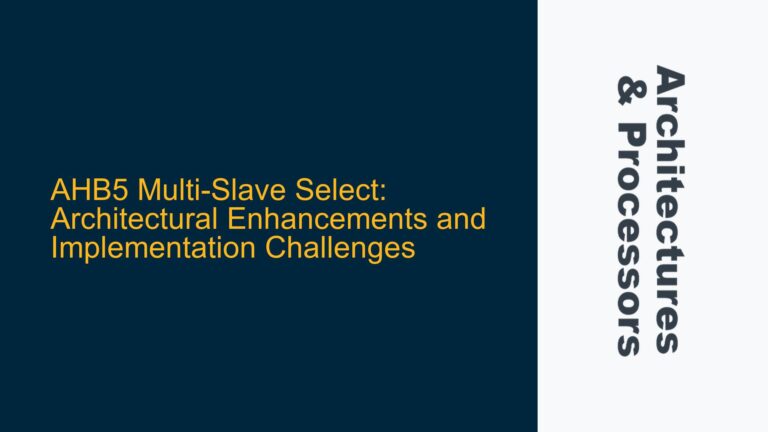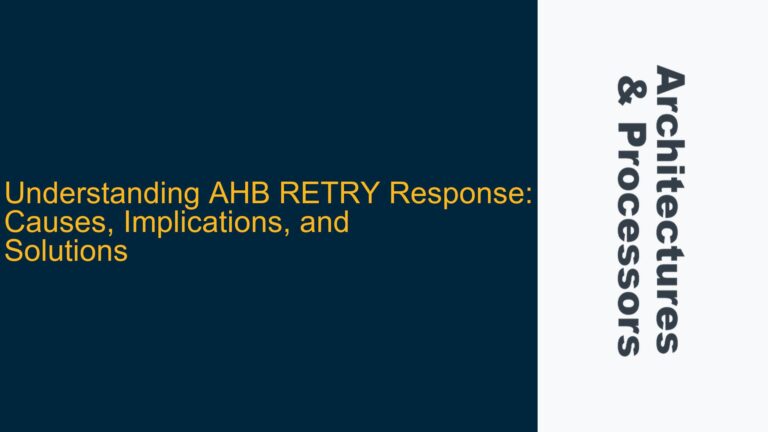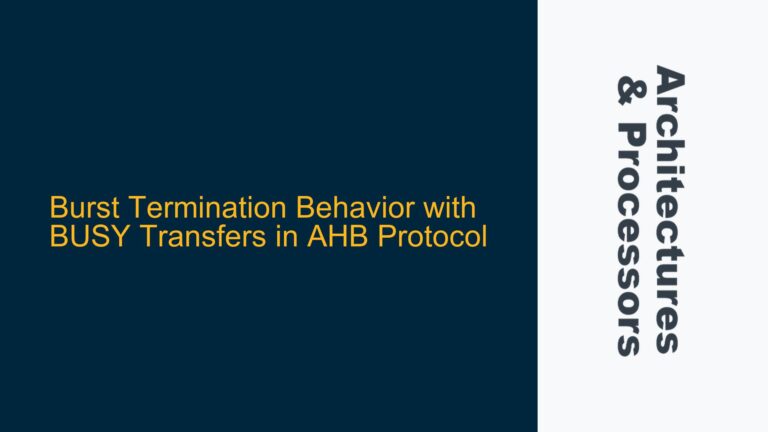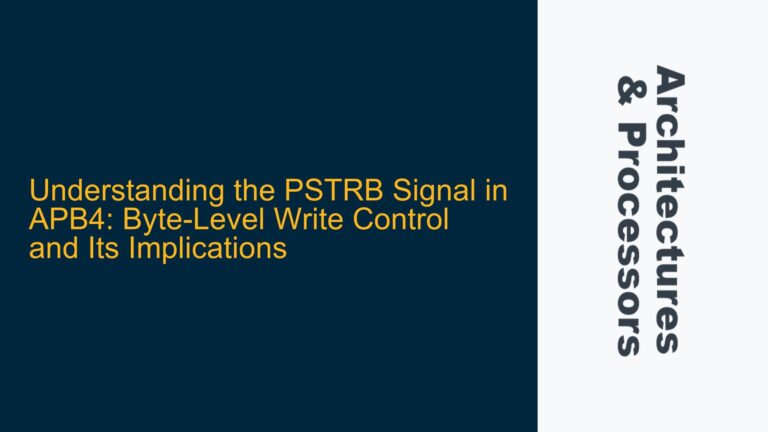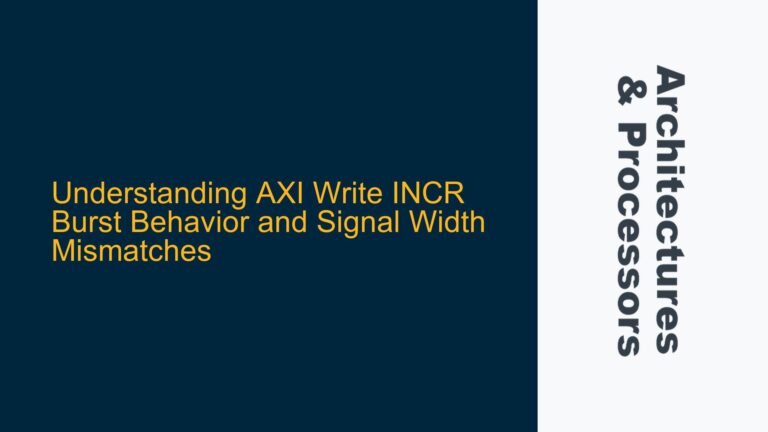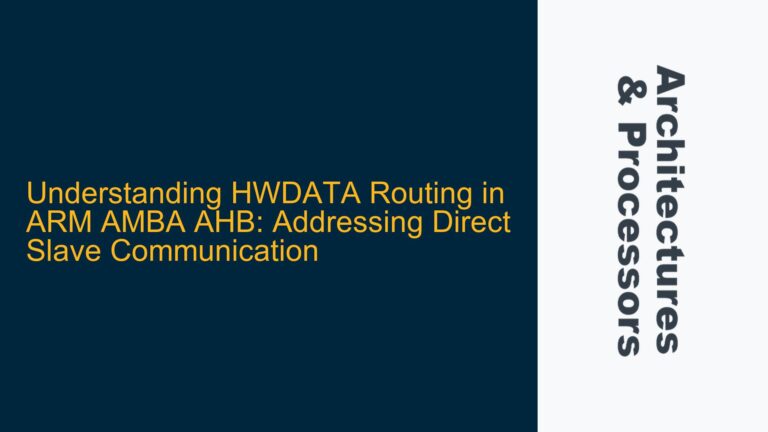AHB5 Multi-Slave Select: Architectural Enhancements and Implementation Challenges
AHB5 Multi-Slave Select Feature and Its Impact on Address Decoding The AHB5 protocol introduces a significant enhancement called "Multi-Slave Select," which fundamentally changes how address decoding and slave selection are handled in ARM-based SoC designs. Unlike AHB3, where a single HSEL (Hardware Select) signal is used to select a slave device, AHB5 allows a single…
